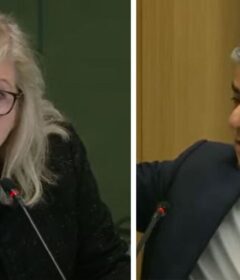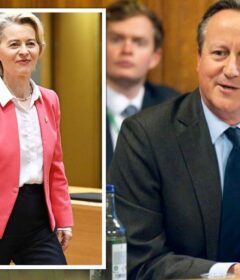How machines cost taxpayer €55m but ended up as scrap metal
Ireland’s flirtation with electronic voting was short-lived but the separation was still extremely costly.
Twenty years later, ‘e-voting’ is still a standard regularly quoted as a political measure of waste.
Please log in or register with Independent.ie for free access to this article.
Log In
New to Independent.ie? Create an account
It was 1999 when Fianna Fáil minister Noel Dempsey first suggested bringing technology into the polling booth.
The arguments in favour were clear: then Taoiseach Bertie Ahern reckoned we’d be the “laughing stock” of Europe if we stuck with our “stupid auld pencils”.
It was Martin Cullen who actually signed-off on the purchase of 7,500 machines three years later, at a cost of €51m.
Amid some public doubt, a decision was taken to test the system in three constituencies in the 2002 general election.
The lasting memory from that day was the sight of former justice minister Nora Owen in tears as she lost her seat without any of the warnings that tallymen can provide.
The way in which the result was announced in a noisy hall with all the candidates on stage was widely criticised afterwards.
Electronic voting had a further run out in the Nice II referendum in six constituencies – but after that they went into storage.
Security
An independent commission found the lack of a paper trail and security issues meant they could not be used again.
By the time a decision was taken in April 2009 to scrap the machines, the State had spent €3.2m on storage.
Finally in 2012, the machines were sold to a Co Offaly recycling company, KMK Metals Recycling Ltd in Tullamore.
They were to be stripped down and shredded.
The company paid just over €70,000 for them, or the equivalent of €9.30 each.
A condition of the contract was that two electronic chips in each machine, which hold information on how the equipment works, were destroyed.
For historical purposes the Department of the Environment held on to four machines in the Customs House.
Then environment minister Phil Hogan said he was happy to bring the “ill-conceived” plan to an end.
“I am glad to bring this sorry episode to a conclusion on behalf of the taxpayer,” he said.
“From the outset, this project was ill-conceived and poorly planned by my predecessors and as a result it has cost the taxpayer some €55m.”
Source: Read Full Article


